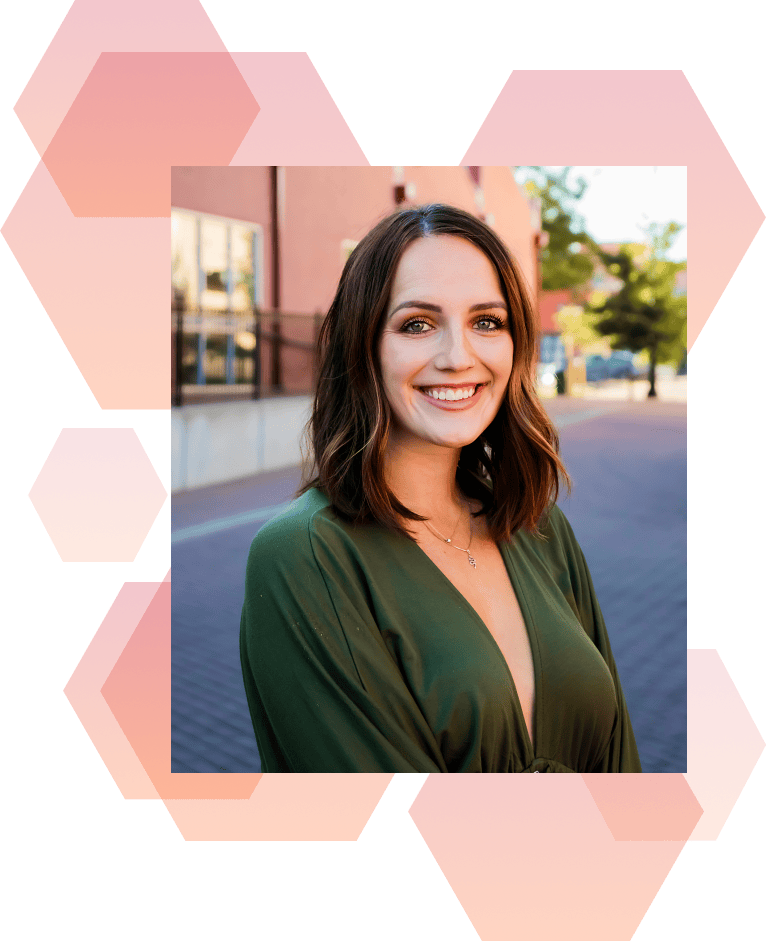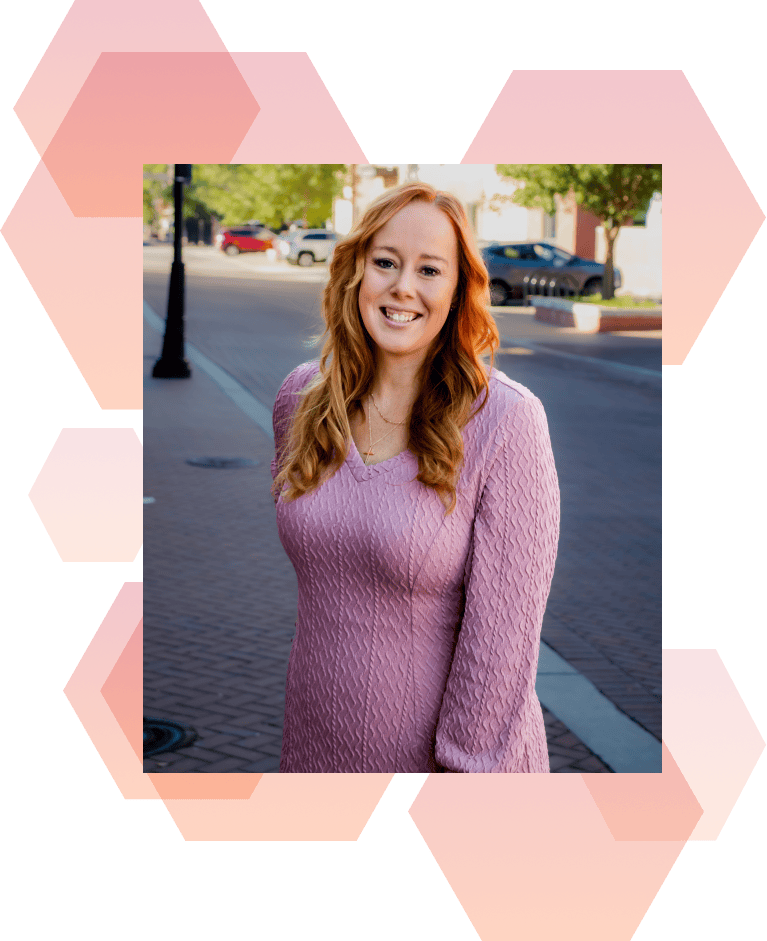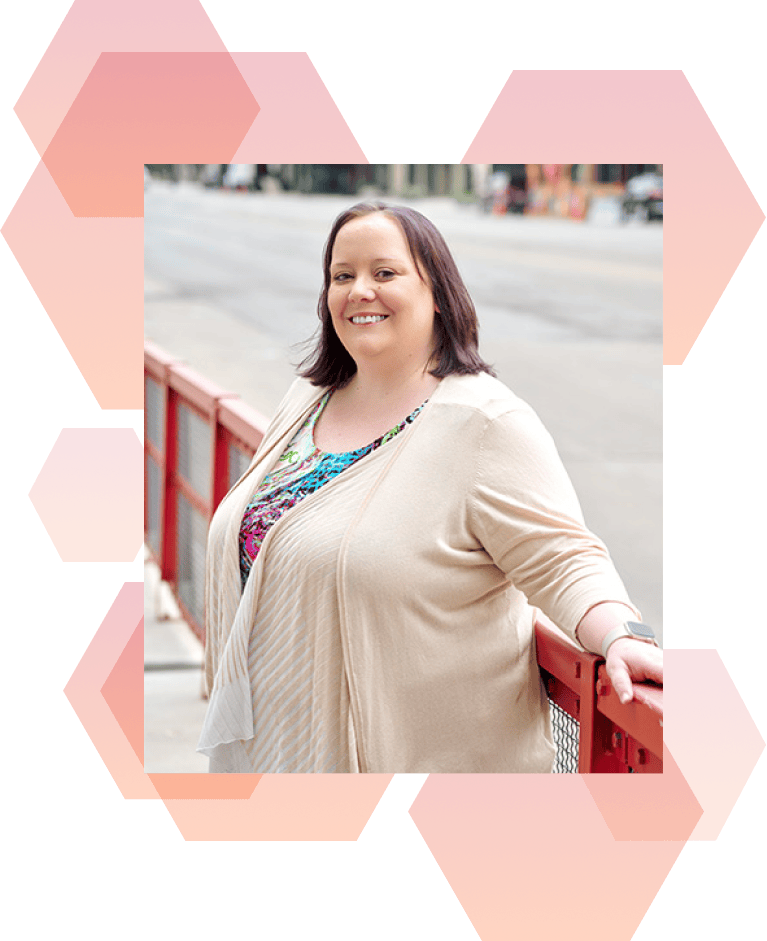Everyone close their eyes. Oh, wait, I want you to keep reading and this isn’t in audio format…OK, open your eyes, but visualize with me. You visit a website and it just opens into all this information. You’re not really sure what the company even does, but they’re telling you about their events and schedule, shoving blog posts in your face right up top, and maybe have a sidebar of varied information.
But what do they do?
Here’s the thing – your website is just like a story. It’s either your personal story or your company’s, but it’s all about you and what you do. There should be a beginning, middle, and and end. Those of you who have even just a little bit of content marketing experience have probably heard the phrase “storytelling” in relation to your marketing before. That’s what a great website does; it tells your story.
In Media Res is Great for Novels, Not Your Website
I have a Master’s degree in literature, so I love a good book. There’s a term in literature called in media res, meaning “in the middle of things”. You probably have read a lot of novels that kind of just start and it takes you a minute to catch up. Crime fiction especially is fond of this trope because it ramps up the action from word one.
Your Home Page Layout Matters
Now go back to that site I described earlier. Unlike when reading a novel, your company’s information is not going to grip your readers. Instead, they want a more gentle guidance and to be taken through your story deliberately. Your home page should be built with specific blocks – an introduction with benefit statement (i.e. what can they do to solve my problem); a guide to your main services (reinforcing that you can indeed solve their problems); reinforced with some form of social proof (client logos, maybe past projects, testimonials, etc); and something else to capture their attention (say a lead capture for the softer sell so you don’t lose them if they’re not ready yet). This very deliberate order allows your browsers to be consistently told that you can help, that you’ve helped others, and that you can help them later, too.
Navigation Is a Literal Guide
Even your navigation matters. A lot of people will come into your site through your home page. But after that, what’s the most important place for them to go? Do they need to know why you’re different than your competitors or should they be guided directly to one of your services? Whichever is going to reinforce why you, again, have the answers to their problems you should guide them there.
End with a Call to Action
Imagine that you have successfully guided your users through your home page to your main service. Now what do you want them to do? That answer is different for every business, but you want them to start the buying process in one way or another. So tell them that. Using what’s called a call to action, tell them what you want them to do while reinforcing that you have solutions. For instance, “Ready to start making money? Call us today at 1-800-555-5555”. Or, “We can help you with your problem. Contact us today!” (and link it to your contact form). These are just some quick examples of how you want to end your pages because you’re guiding them to that next step.
Be Honest with Your Story
As you approach your story through your website, be honest with it. Don’t be afraid to show the confidence in your quality work or in your customer service or your low prices. Whatever it is that sets you apart, make that loud and clear. Chances are, there are dozens of vendors in your local market that do what you do. Set yourself apart by guiding your users through the beginning, middle, and end of your story clearly and easily. Don’t let them make their assumptions and come to the wrong ones; it’s much harder to set them right later.
If you’re not sure how to tell your story, get in touch and we can talk it through with you in a free consultation!












